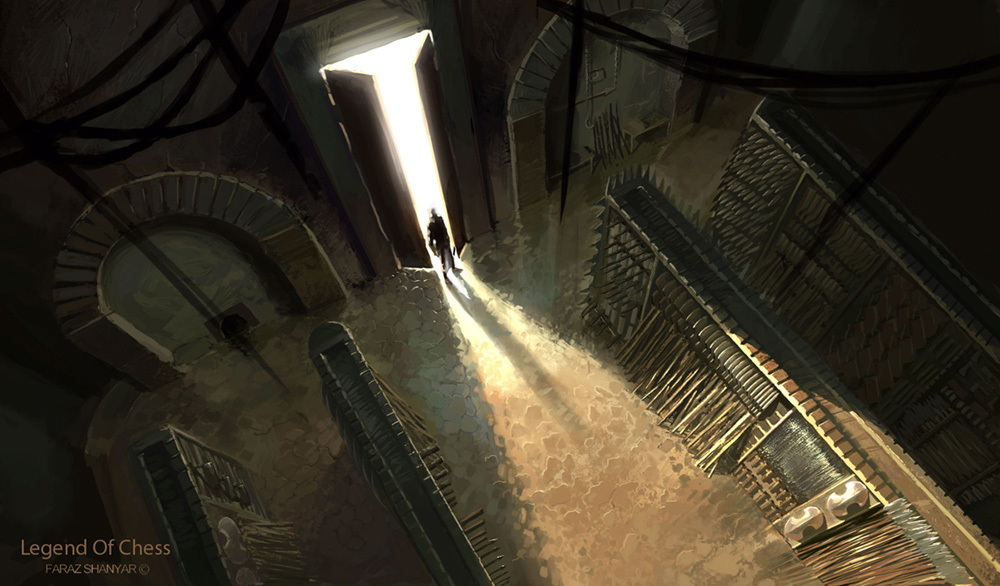General D&D - Weapons of War, part 1

For martial characters - in the broad sense of the term, not just the 4E power source - one of their defining traits is the weapons they choose to use. The warrior who carries an oversized broadsword barely wieldable in two hands. The stout dwarf with the warhammer, or the sneaky halfling with a long knife - weapons are an integral part of the flavor and tone characters set. I think, then, that it is important that we look at what sort of tone each type of weapon is speaking to, and maybe keep an eye out for what makes each type of weapon tick. For the purposes of this post, we're going to be using 4E weapon groups, though there are a few I won't touch (single-weapon groups might come up in a later article, but not for now). I'm also not going to be looking at ranged weapons for the moment. That'll come later, though. Promise.
Types of Weapons
Looking over the list of melee weapon groups, eight standout as the classics - axes, blades (light and heavy), hammers, flails, picks, polearms, and spears. Some of those - axes, blades, hammers, and spears - are pretty ubiquitous in the game - the heavy blade (and specifically, the longsword) is probably the go-to weapon for just about anyone who can use it. And for good reason - the heavy blade group tends to be versatile, good in just about every situation, as well as nicely balancing damage and accuracy. Others, however - the pick and flail, especially - rarely see use. I was reminded yesterday that I have, in fact, seen a single flail used in the six or so years we have been playing 4th Edition. I do not believe, however, that I have ever seen a pick chosen.
What I'd like to do here is just discuss what each weapon seems to say about its wielder, as well as what mechanical niches it has (or, perhaps, seems like it should have, if it's lacking on that front.)
Axes - the choice of barbarians, dwarves, vikings, orcs, and... woodcutters?
The axe might not be the most common weapon choice, but it is certainly up there - and it might very well have the most obvious tropes built around it. The axe is the weapon of choice for the Big Guy, whether he's actually enormous or just plain stout (dwarf-lovers of the world, unite!) It's definitely not a "more elegant weapon for a civilized age" - no, it is a weapon designed to hack people into pieces the same way you might chop wood. And it works - people pick axes when they want to just hurt things, with no complicated nonsense between them and the blood of their enemies.
Mechanically, the axe has a pretty decent chunk of support for this concept. Axes are almost unilaterally +2 proficiency weapons that use larger dice for their damage, and they pretty commonly sport the brutal or high crit properties, pushing up their average damage even further. On the feat front, dwarves (surprise!) get some pretty significant bonuses there, and feats such as Savage Axe or Headsman's Chop are just pure damage bonuses for hitting with an axe. Axes tend to rely on Constitution as a secondary score, which makes sense for the Big Guy... and since Constitution is paired with Strength, it indirectly means that people who get the most out of axes are generally those who had to settle for lower Dexterity, Intelligence, or Wisdom scores. No complicated nonsense, indeed.
Hammers - drop and beatdown
Hammers are the other side of axes - the biggest of the weapons, requiring massive strength and endurance to use properly. But unlike the axes, which focus on pure damage, hammers focus on something a little different - force. The hammer-wielder applies massive amounts of force to her blows, not only potentially injuring the opponent, but exhausting them even when they defend, knocking them to and fro, away from the enormous weapon.
Mechanically, the hammers are nearly the mirror of axes - on the military weapon front, the warhammer shares an identical set of statistics with the battleaxe. Superior weapons differ slightly from their axe counterparts, but only just - and they do nearly as much damage. Much like axes, hammer feats require an exceptionally high Constitution, as well as Strength, to make use of. Hammering Iron is a linchpin that helps define hammer builds, starting the forced movement train that keeps enemies from positioning themselves freely around you. Several style feats exist that let hammer users target their choice of AC and a different defense using at-wills, making it clear that the force of a hammer isn't blocked by the heavy armor that protects people from other, smaller weapons.